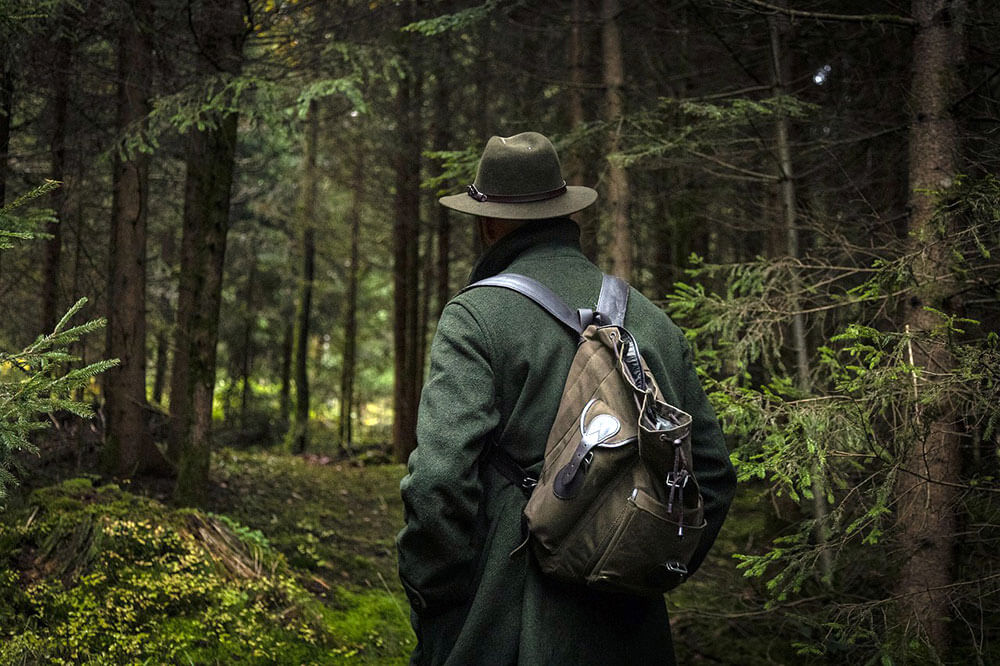LEARN HOW TO SIGNAL FOR HELP IF YOU GET LOST OR INJURED
We might not like to admit it to ourselves or to others that we’re not perfect. Even the very best of us can end up making a bad decision, taking a wrong turn, or just plain getting confused and, as a result, suddenly find ourselves hopelessly lost.
To make matters worse, sometimes we fall prey to our own ego and decide that there’s no way we could be lost, we just need to walk a bit further to find the trail again. More often than not, that just gets us into deeper trouble.
“PACK WHAT YOU’LL NEED TO SIGNAL FOR HELP IF YOU GET LOST OR INJURED”
Let’s take a look at how you can plan ahead for this eventuality, as well as some options to signal for help with the devices that are easy to carry and use.
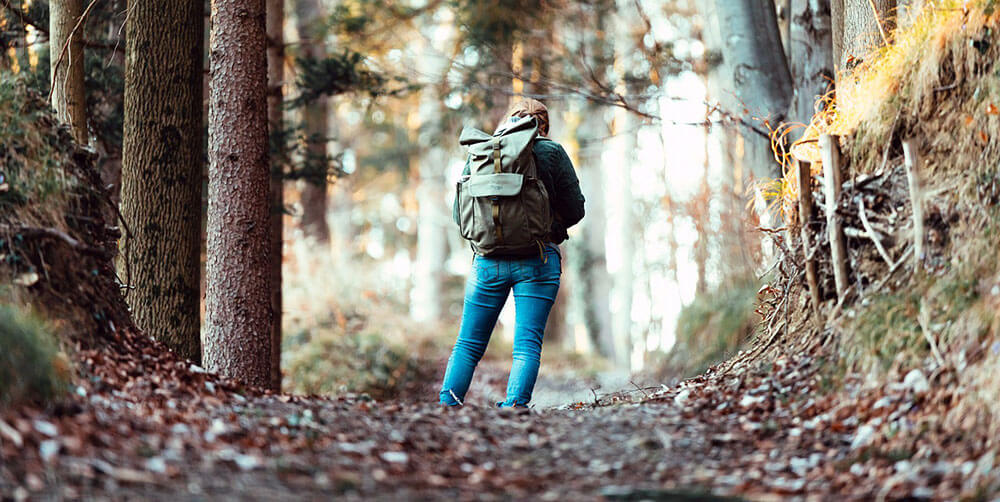
AN OUNCE OF PREVENTION
Before you leave the house, get in touch with a trusted family member or friend. Let them know, as precisely as might be possible, where you’re headed and when you plan to return. If they do not hear from by you by that time and they are unable to reach you, they should contact the authorities. Stress that this isn’t a situation where they should give you the benefit of the doubt.
If you’re supposed to be home by 4:00 pm on Sunday and you’re still AWOL at 4:05 pm, they should be calling the sheriff’s office or other department that has jurisdiction in the area.
Of course, that means you need to hold up your end of the bargain, and let them know as soon as you’re back to civilization. If they call out for rescue and you’re sitting in the parking lot checking your email, that’s your fault, not theirs.
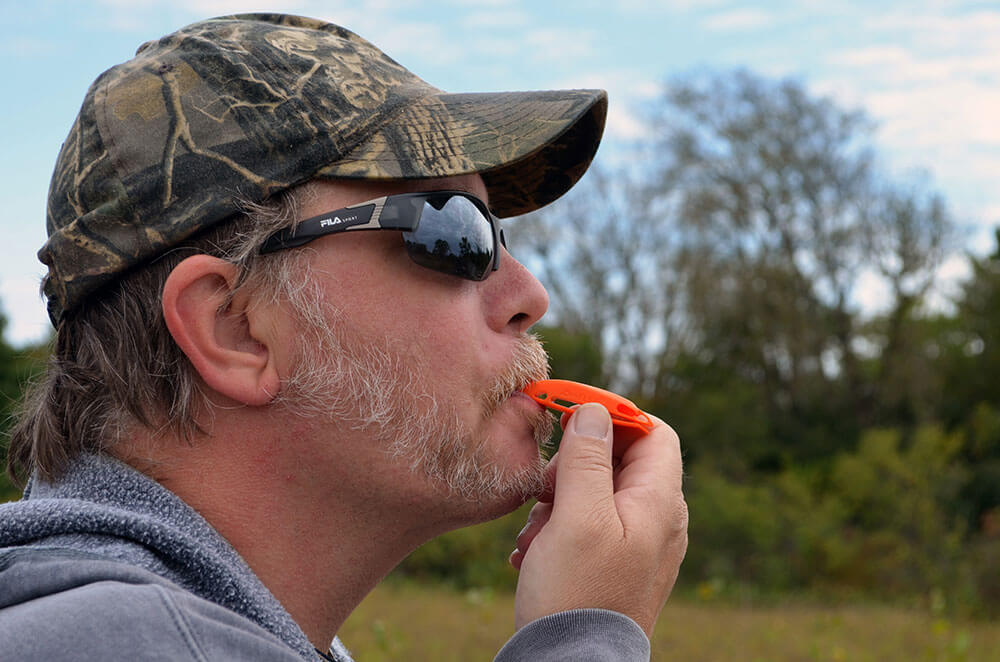
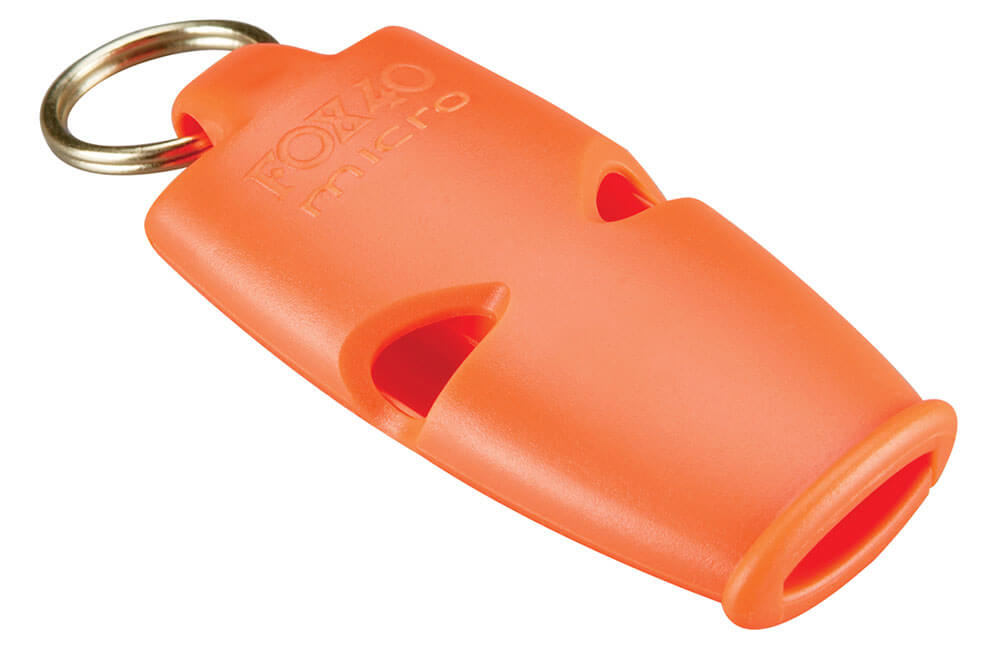
S.T.O.P.
Should you find yourself suddenly realizing you have no idea where you are, how you got there, or where to go from there, this acronym will hopefully pop into your brain and give you some guidance.
S = Sit down.
Maybe not literally, depending on weather conditions and what not, but the idea is to stop moving so you can calm yourself down. Panicking won’t help anything. Take a couple of deep breaths, in and out slowly.
T = Think.
Sometimes, all that needs to happen is to calm your mind a bit and you’ll realize where you zigged when you should have zagged. But, if that doesn’t happen, don’t stress out. Take a bit of time to go over your current situation and what your priorities should be at this point. Do you have any injuries that need to be addressed? Are there likely to be people searching for you already or are you still a couple of days away from your emergency contact sending up the proverbial flare?
“The sound of a whistle blast will carry much further than will the sound of a person shouting, especially in a forest.”
O = Observe your surroundings.
Take full stock of your situation. Can you accurately determine where you are and in which direction you’d need to travel to find help? How late in the day is it? Are you better off hunkering down for the night and starting again in the morning? What resources do you have available to you, either in your pack or scavenged from around you?
P = Plan.
Once you’ve calmly and rationally considered the situation, you can then decide what to do, whether that’s to stay put or to keep moving. Either way, consider your options for getting someone’s attention who can provide assistance.
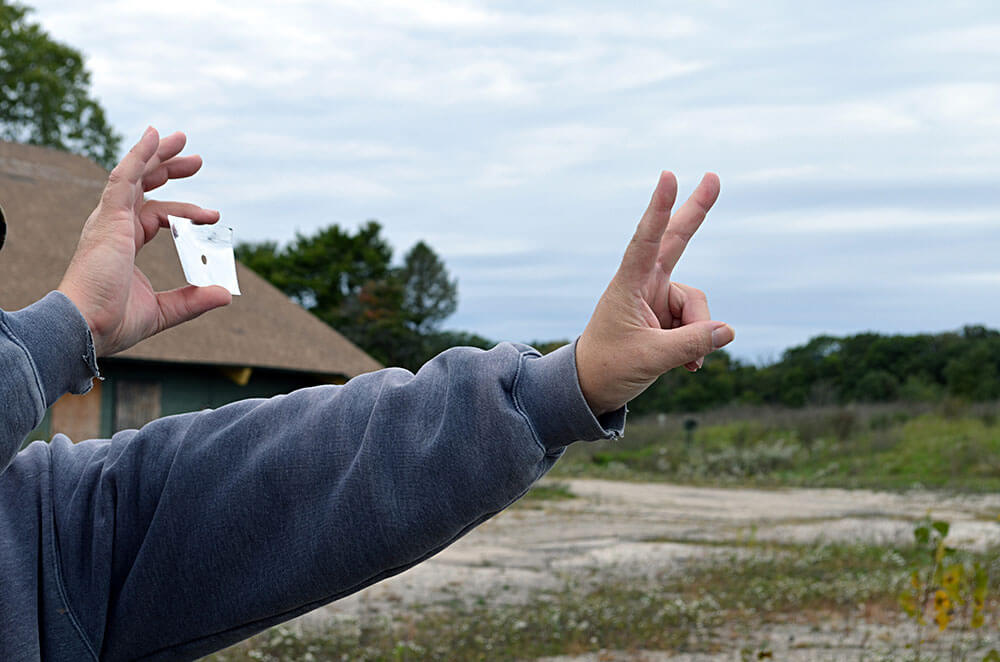
SIGNALING FOR SURVIVAL
There are a number of tools to consider packing with your gear before you head out of town. As with everything else, it might be wise to think in terms of redundancies.
WHISTLE
The sound of a whistle blast will carry much further than will the sound of a person shouting, especially in a forest. A whistle also won’t tax your vocal cords. It’s small and weighs almost nothing. You could keep it in a pocket or on a breakaway lanyard around your neck.
Many recommend plastic over metal, in order to avoid any unpleasantness in deep winter when it might stick to your lips. A pea-less variety is also suggested, so that there aren’t any issues with the pea freezing to the inside of the whistle. When using it, three sharp blasts in a row, then repeated in a pattern, is the universal signal for help.
MIRROR
Provided you have sunshine, a mirror can reflect the sun’s rays for quite a distance. This is a particularly good tool to have if you’ll need to signal for help to passing aircraft. A true signal mirror has a hole in the middle, which is used to aim the reflected beam of light.
To use the mirror, raise one hand in front of you and make a “V” with the first two fingers. Hold the mirror in the other hand, close enough to your face that you can see through the hole. Wiggle the mirror a bit until you can catch the sun with it and then use your finger “V” as though it is a rifle sight, aiming the reflected light through the V and at the target, such as a passing plane. Angle the mirror slightly back and forth to cause a repeated flash that will be easier to spot.
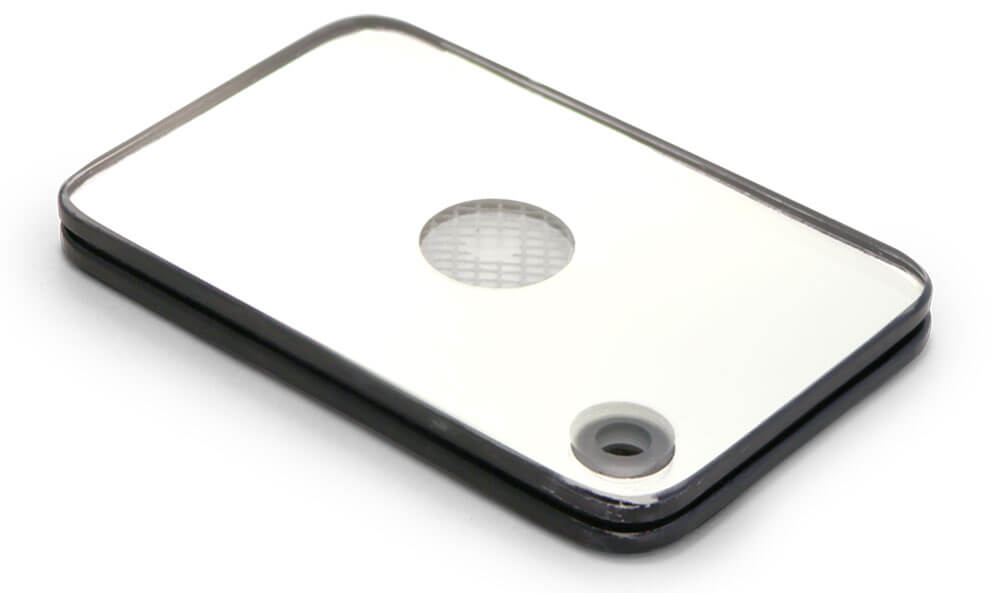
FLASHLIGHT
Many pocket flashlights on the market today have a strobe feature, which can be a great way to get attention in the field at night. However, many people also find strobe lights disorienting, and you might find yourself feeling a little, or maybe more than a little, out of sorts being around it.
CHEMLIGHT
Here’s a battery-free option that works well after dark. Grab a Cyalume Snaplight and tie it very securely to a short length of cordage, say about two feet long. Snap and shake the glow stick to activate it. Then, hold the loose end of the cordage and spin the glow stick in a circle in front of you. This works best, of course, if there’s likely to be someone within eyesight of it. This isn’t something you’ll just do at random and hope for the best.
FIRE/SMOKE
A small fire kit is essential survival gear, and you can use it to help get attention. A large fire at night or a smoky one during the day can be seen for miles and can bring help. However, and we cannot stress this enough, great care must be taken to ensure that the fire doesn’t get out of control. Being lost in the forest is one thing. Being lost in a forest that’s now on fire is entirely another.
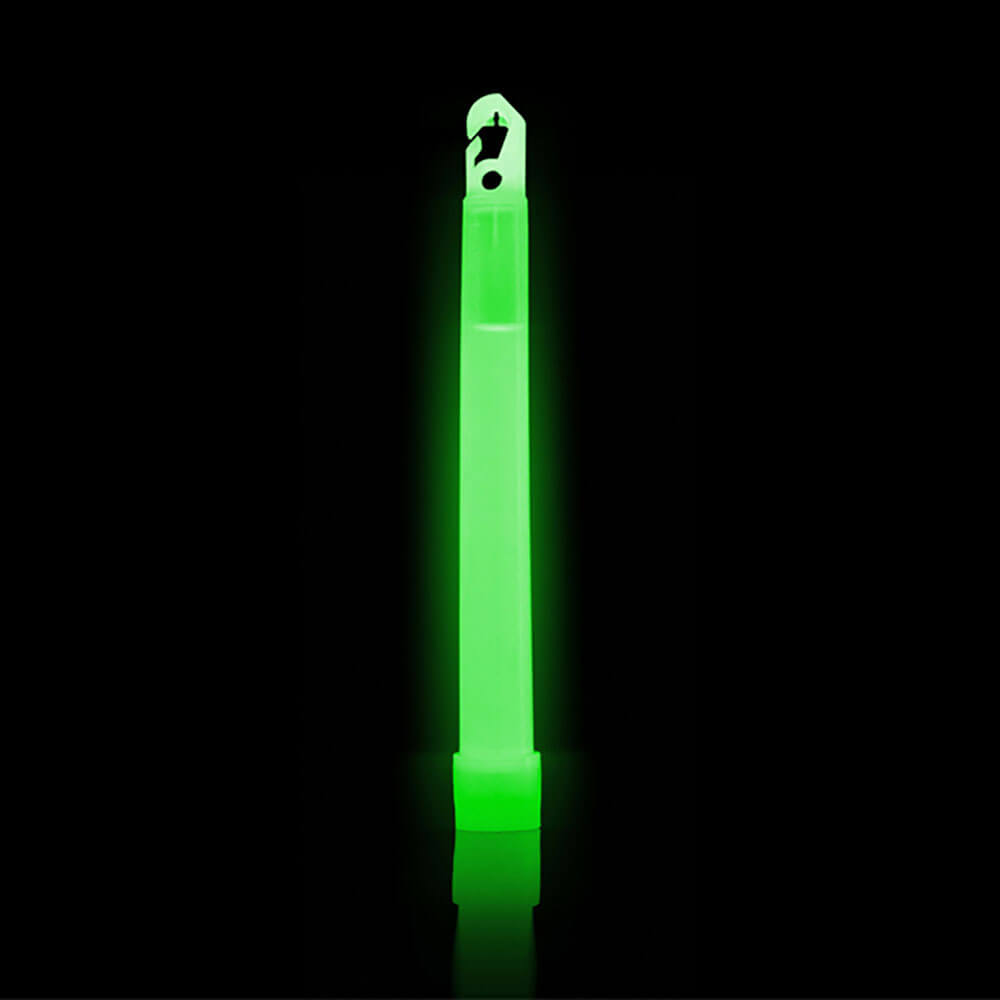
FLAGGING TAPE
This one isn’t really useful if you’re smart enough to stay put and let help find you. But, there are times when staying on the move is the better course of action. Flagging tape is very lightweight, and it is easy to carry a good amount of it. Tear off lengths and tie them to branches here and there as you move along. If you happen to have a pen or marker, consider adding the date to a few of those pieces of tape to help searchers know how long it has been since you were there.
PERSONAL LOCATOR BEACON
If you plan to get pretty far off the beaten path, you might consider a personal locator beacon or PLB. This is an electronic device that’s synced to satellites. Once it has been activated, it will send out a distress signal to rescue agencies, complete with your exact coordinates. These work very well, but they are strictly one-way communication. You have no way to know if the signal is being received and understood.
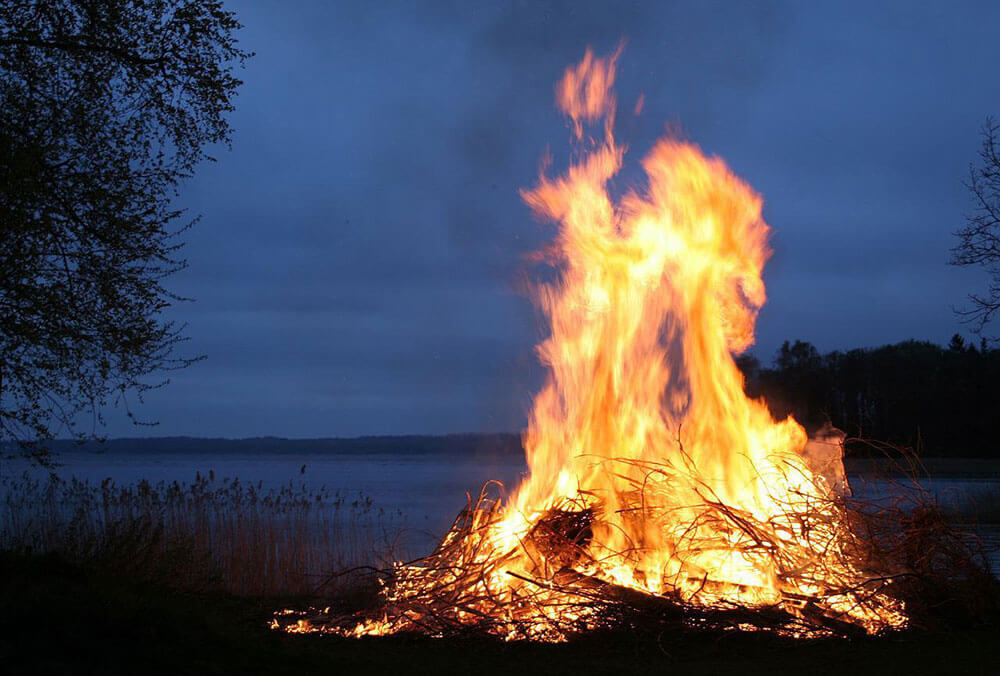
SATELLITE MESSENGER
The most popular brand in this category is Garmin and for good reason. They have an absolutely stellar reputation for high quality and great service. Like the PLB, the messenger uses satellites. However, it also allows two-way communication, so you can send and receive messages. The Garmin InReach also can send your exact coordinates indicating your exact location on a topo map that’s sent to anyone you wish, including emergency responders.
This is an excellent option if you want to be able to keep in touch with family or friends, letting them know where you are as you travel and that you’re doing just fine. There are subscription fees with these devices, so shop around for the plan that best suits your budget and needs.
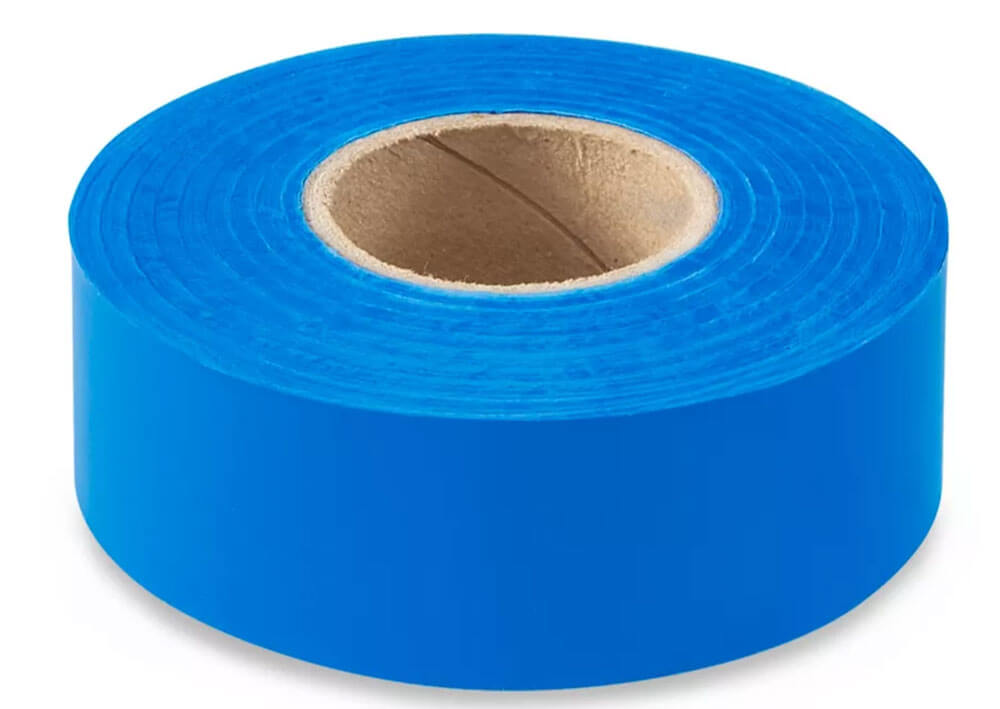
THE CELL PHONE FALLACY
Not too long ago, a “survival tip” began circulating on social media indicating a way to use your cell phone to let people know you’re in trouble. The idea is that if your phone is running low on battery, change your outgoing voice mail message to indicate that you’re lost, and you need help. Provide your approximate location, if known. Then, once your phone dies, anyone who calls you will hear your message and hopefully be inclined to notify the authorities. Sounds great, right?
There are a few flaws with this plan. For starters, you cannot change your outgoing message without a cell signal or a wi-fi connection. If you have either of those, then use them to call for help, such as notifying 911.
On top of that, you’re relying on people to call your phone and actually listen to the outgoing message when your voice mail kicks in. Personally, I don’t know that the people who are hounding you about your car’s warranty are going to care too much about your recent wilderness misadventure.
Don’t burn up the last of your battery trying to navigate your way through multiple menus to change that outgoing message. Use it to get help. If you can’t get a signal, consider turning the phone off until you reach a more open area.
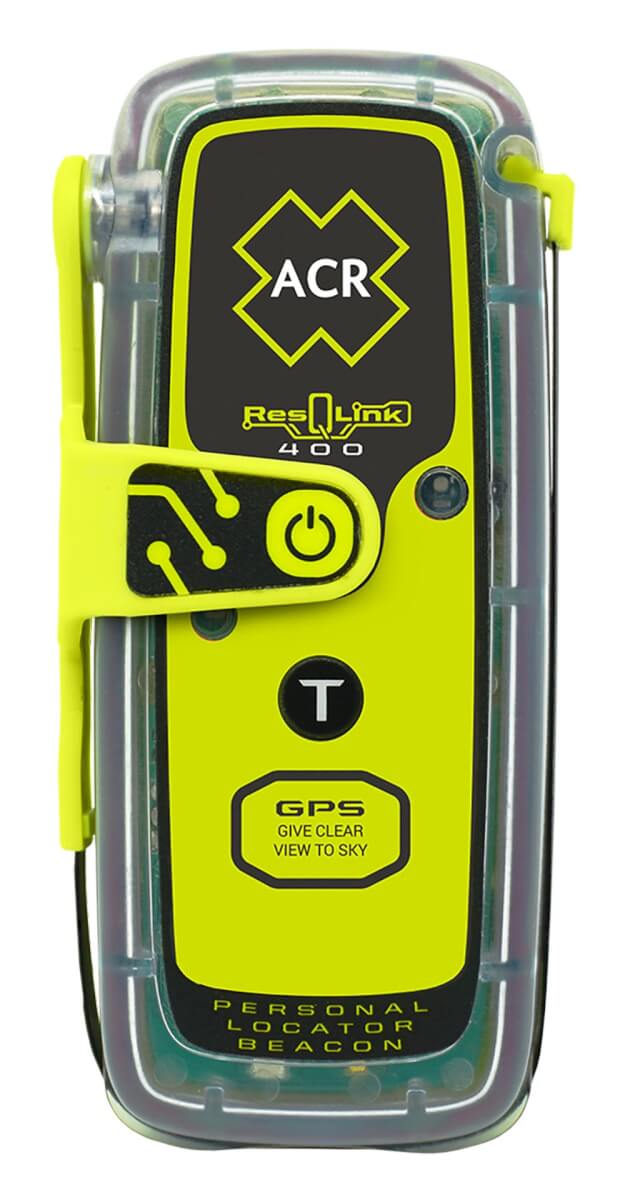
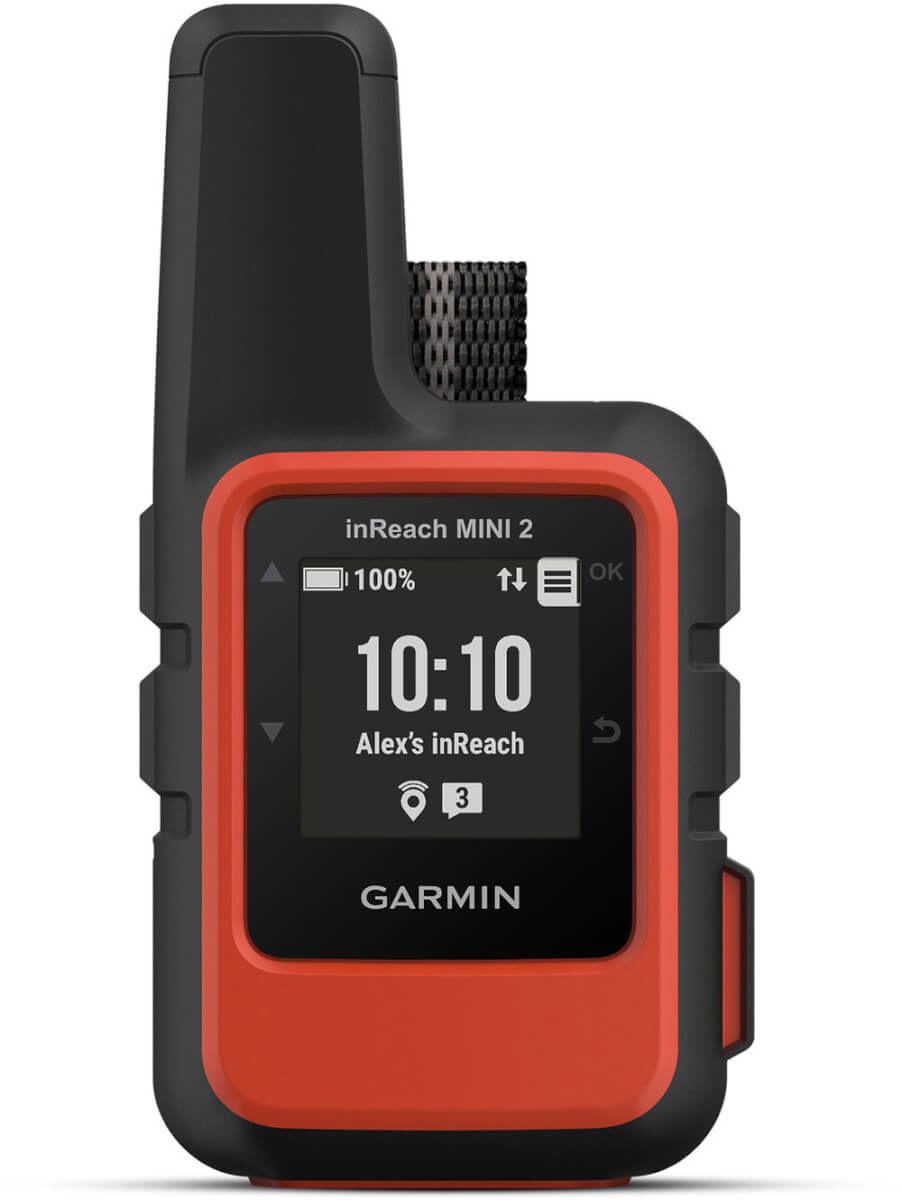
SOURCES
Fox 40 Whistles
Fox40ShopUSA.com
Garmin
www.Garmin.com
Cyalume
GetCyalume.com
ACR Artex
www.ACRARTEX.com
A version of this article first appeared in the May 2022 issue of American Outdoor Guide Boundless.


